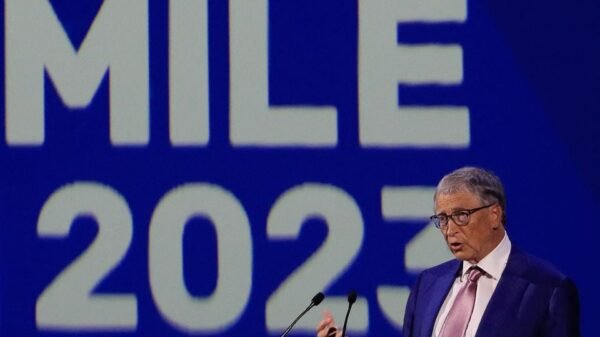Barclays Faces Investor Backlash Despite Strong Profit Growth
Barclays, one of the UK’s leading banks, recently reported an impressive 24% increase in its full-year pre-tax profit for 2024, reaching £8.108 billion. This exceeded analyst forecasts, yet the bank’s stock suffered a 4.7% decline by the end of the trading day. Despite solid financial results, investor sentiment remained lukewarm, primarily due to concerns over future growth and conservative guidance.
The bank’s net profit attributable to shareholders also rose by 24% to £5.316 billion, but this fell short of the £5.449 billion analysts expected. Fourth-quarter results, while showing revenue growth, also missed projections, with an attributable profit of £965 million compared to the anticipated £994 million. Analysts had hoped for a stronger 2025 outlook, but Barclays’ forecasted net interest income (NII) of £7.4 billion aligned with estimates from Citigroup rather than exceeding expectations. RBC analyst Benjamin Toms noted that while the financial results were solid, investors were looking for more optimistic long-term guidance.
Barclays has announced an ambitious £2 billion cost-cutting initiative by 2026 as part of a strategic overhaul aimed at improving efficiency. One of its recent strategic moves includes absorbing Tesco’s retail banking business, a step that could strengthen its consumer lending segment. However, operational challenges continue to raise concerns. A recent three-day technology outage disrupted customer payments, highlighting potential reliability issues. Economic headwinds, including weak UK economic growth, low initial public offering (IPO) activity, and the possibility of an interest rate cut by the Bank of England, may further pressure profitability.
The competitive landscape is also evolving. HSBC’s decision to exit its UK, European, and US equity capital markets and M&A businesses presents an opportunity for Barclays to gain market share. However, it also increases the pressure on the bank to execute its strategy effectively. Additionally, regulation remains a key factor shaping Barclays’ future. UK Finance Minister Rachel Reeves is advocating for policies that balance financial competitiveness with consumer protection, with new regulatory frameworks expected in spring 2025.
International competition could also pose a challenge. If Donald Trump’s potential return to the US presidency leads to looser financial regulations for American banks, UK and European financial institutions like Barclays could face heightened global competition. A more favorable operating environment for US banks could put pressure on UK firms to maintain their competitive footing.
Despite strong profitability, Barclays’ cautious future guidance frustrated investors, leading to an early morning 6% drop in its stock price before closing the day down 4.7%. The bank’s return on tangible equity (RoTE) improved to 10.5% in 2024 and is expected to rise to 11% in 2025 and surpass 12% in 2026. However, analysts argue that without bolder financial targets, Barclays may struggle to deliver the shareholder returns necessary to keep pace with industry demands.
Looking ahead, Barclays’ leadership, under CEO C.S. Venkatakrishnan, faces a critical period in which it must restore investor confidence while navigating a complex financial landscape. The planned cost reductions and strategic acquisitions could position the bank for long-term success, but execution will be key. Investors and analysts will closely watch whether Barclays can effectively translate its strategy into sustained growth.
While the company’s 2024 profit increase is impressive, the real test lies in whether Barclays can adapt to shifting market conditions, regulatory changes, and global competition. The coming months will be crucial in determining whether the bank can meet investor expectations or if it risks further skepticism from the financial markets.



































Comment Template